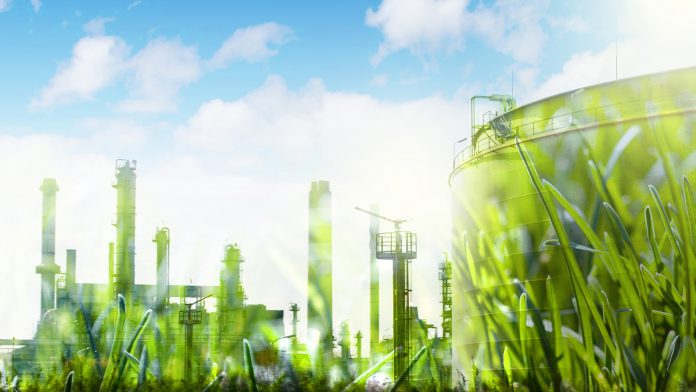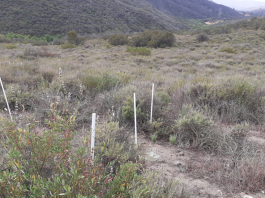On 1 February, European Commission President, Ursula von der Leyen, presented the Green Deal Industrial Plan in an effort by the EU to keep up with a worldwide race in subsidy schemes for green industries.
As the EU aims for climate neutrality by 2050, key areas of green industry, such as the manufacturing of wind turbines, solar panels, and battery-electric vehicles must be ready to supply the necessary technologies to decarbonise the economy.
Upon presenting the plan, von der Leyen outlined: “We know that in the fight against climate change, the most important thing is the green industry.”
She continued: “Let me be very clear on this one: We welcome this. This is good news. We have, since long, argued that the fight against climate change is a must.”
Countries worldwide have begun boosting subsidy schemes for the switch to green industry, including Japan, India, the UK, Canada, and the US, with its Inflation Reduction Act.
Ensuring the production capacity of key technologies
Concerns have been raised that foreign subsidy schemes could encourage specific green industries to relocate production to other countries or build new factories outside Europe.
Against that backdrop, the Commission adopted a ‘Green Deal Industrial Plan’ to ensure that the production capacity of green industry in Europe will be increased.
“We know that in the next years, the shape of the net-zero economy and where it is located will be decided, and we want to be an important part of this net-zero industry that we need globally,” von der Leyen said.
Setting targets for green industry
The Commission will propose a new ‘Net Zero Industry Act’ by mid-March to increase the European manufacturing capacity of green industry.
von der Leyen explained that this “will set targets for what we need until 2030 because there’s a simple equation: only what gets measured gets done”.
The new law will focus on the critical technologies for the shift to net zero, speed up permitting, incentivise multi-country projects, and help cut red tape.
According to the document, industries that will be within the scope of the new green industry policy include batteries, windmills, heat pumps, solar, electrolysers, carbon capture, and storage technologies.
The plan will be discussed at the meeting of EU heads of state and governments in Brussels between 9-10 February, and von der Leyen said it would “shape the legal proposal” for the Net-Zero Industry Act.
How will the project be funded?
Funding for the green industry project has been a key conflict in the run-up to the meeting, but von der Leyen stressed that there are different options on the table.
“We want to leverage the possibilities provided by REPowerEU, InvestEU, and the Innovation Fund,” she stated. While REPowerEU was proposed to eliminate fossil fuel imports from Russia, this “went much faster than we expected.”
She continued: “So we have the possibility to redirect or reorient the additional funding of REPowerEU, which is about €250bn, to our net-zero industries.
“This mirrors the speed, the predictability, and the targeted way forward as we see from competitors.”
Although von der Leyen referred to the investment from REPowerEU as “additional funding,” it was already decided on much earlier. It was not originally thought of as a response to the US Inflation Reduction Act.
For now, the EU’s green industry policy funding is expected to be primarily from Member States. This is why state aid rules that typically restrict national subsidies should be relaxed under a temporary framework.
The EU executive will start a public consultation for this framework next week, von der Leyen announced, explaining that time-limited state aid is “a bridging solution” and urged Member States to invest as soon as possible.
Meanwhile, a so-called ‘European Sovereignty Fund’, which will be discussed alongside the revision of the EU’s multiannual budget this summer, would provide European funding for standard vital technologies, including quantum computing, Artificial Intelligence, and biotechnology.





